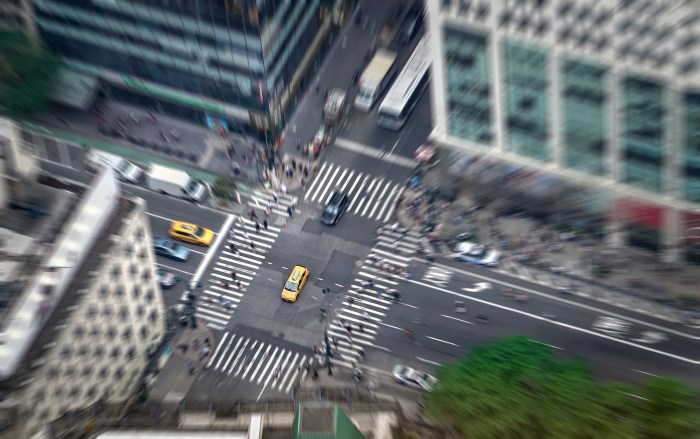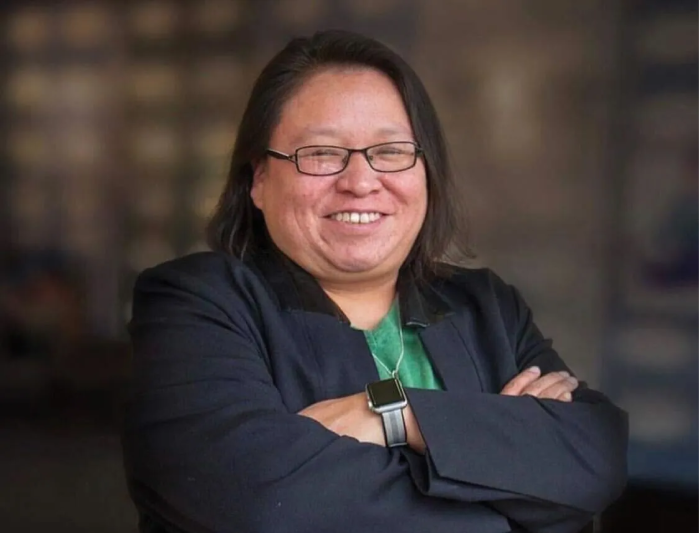By the Greater Astoria Historical Society
In conjunction with the Greater Astoria Historical Society, the Times/Ledger newspaper presents noteworthy events in the borough’s history
On Nov. 8, 1939, the Queens-Midtown Tunnel was holed-through at 11:45 a.m., when Mayor Fiorello LaGuardia, dressed as a sandhog, set off a blast that pierced the last 6 feet of rock. Postmaster General James Farley and Queens Borough President George Harvey were among the dignitaries who spoke at the ceremonies at the Manhattan entrance to the tunnel. The Queens entrance was still under construction. The tunnel opened to traffic Nov. 15, 1940.
The World’s Fair closed for the winter to the tune of “Auld Lang Syne” on the midway. The fair site would become a virtual ghost town, with a skeleton crew to care for its $157,000,000 splendor and 1,216 ½ acres until it reopened on May 15, 1940.
On Nov. 1, the Steinway Street bus route went into operation at 2 a.m. following ceremonies conducted at Steinway Street and 28th Avenue in Astoria. The new line signified the passing of the trolley-car from the Astoria-Long Island City area with one exception—the short line over the Queensboro Bridge. Borough President Harvey, members of the Steinway Street Merchants Association and the Astoria Heights Taxpayers’ Association saw one of the new buses put through its paces. The bus followed the last Steinway trolley and then passed it, thus demonstrating the flexibility and superiority of the bus over the trolley.
More than 400 homeowners packed the auditorium of PS 3, Forest Hills, and unanimously resolved to demand protection from the City Planning Board and the Board of Estimate against the further encroachment of apartment buildings on their community of small homes. They charged that the suburban residential character of their neighborhood was doomed if construction of apartment buildings was allowed to continue. These homeowners were the spearhead of a boroughwide movement for new zoning restrictions.
The Blissville Legion Post condemned a move to rename North Beach Airport “LaGuardia Airport,” after Mayor Fiorello LaGuardia. The Post was angry LaGuardia had refused to name a square in Woodside after the post. The mayor’s secretary on the Army Board said LaGuardia would not allow a park or any section of the city to be named after a living person or organization. The post commander observed that the mayor evidently was doing nothing to prevent city officials from naming an airport after himself. At the same time, the post commended Harvey for voting against a bill introduced by Bronx Borough President Lyons to name the airport after the mayor.
On Nov. 2, the airport was renamed “Municipal Airport (LaGuardia Field),”though Queens residents felt that the name should stay the same, since North Beach was known as an amusement park, or maybe be changed to “Queens Airport” to reflect its location. Its name was not changed to “LaGuardia Airport” until June 1, 1947, when it was leased to the Port Authority.
A Star-Journal reporter interviewed 82-year-old Capt. Rueben Palmer on his houseboat Idle Hour. The boat was beached on the shore of Flushing Bay. Palmer, who used to sail around the harbor with his wife (who had died), had lived there for 20 years. Palmer seemed content with his surroundings, which included kerosene lamps, a hand water pump and a ladder to the second floor. He lived a solitary life, but was visited every Sunday by a friend from Corona, who brought him some food and tobacco.
For further information, contact the Greater Astoria Historical Society at 718-278-0700 or visit their website at www.astor



































